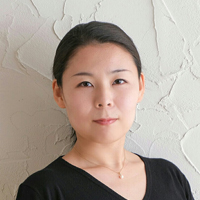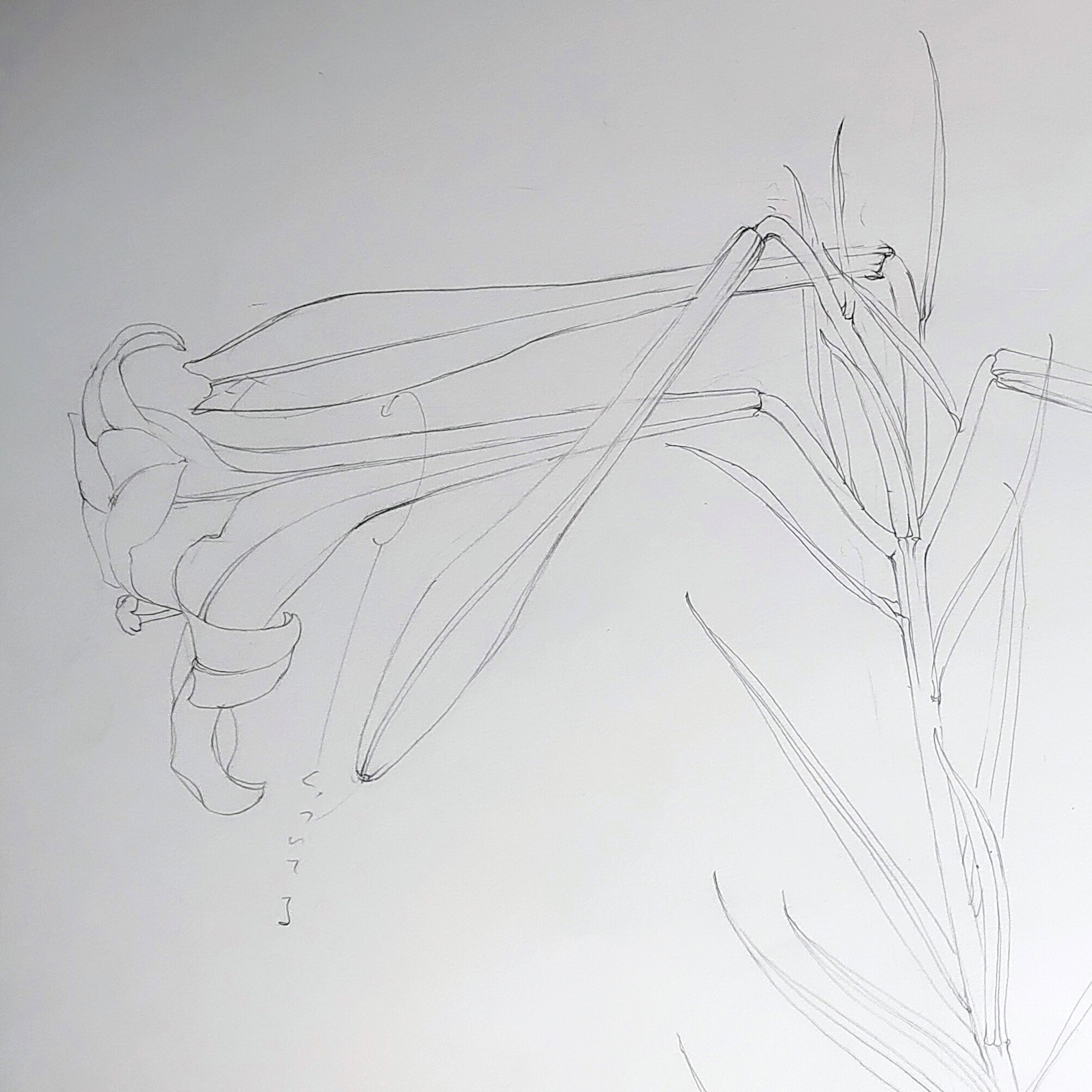Yukika Shibata
- Ceramics
- Awarded once at the Japan Kōgei Assoc. Exhibition
-
Price Range
$1,000 - 3,500
Info
The prices of the artworks on Gallery Japan are determined by the artists themselves and are published directly on the website.
close
Purchase artwork, commission work, check artworks available for purchase, etc.
- CategoryCeramics
-
TechniquesOverglaze enamel
- Based inIshikawa
-
MembershipFull member, Japan Kogei Association

About the Artist
The World of Overglaze Enamel Reproducing the Breath of Life
Ceramic artist Yukika Shibata depicts plants and animals with a delicate touch based on sketches using overglaze enamel. Using the traditional five colors of Kutani at the base, she also uses the intermediate and neutral colors that her master, ceramic artist Yoshiaki Yamada uses, and portrays the soft colors in nature on her ceramics.
Shibata says, "I try to harmonize the colors, form and white space when producing my ceramics", and handles the whole process from forming the base to painting by herself.
Keeping a distance from the typical gorgeous Kutani ware, she creates high quality artwork with her fragile yet warm original world of realism.
Style
Kutani ware is usually made by dividing the work between the artisan who specializes in painting and the artisan who specializes in forming the base. By doing so, ceramics with a high quality finish are made. However, I do the whole process from forming to painting by myself. It takes time, but I think this brings harmony to the work as a whole.
On creating my artwork, I try to harmonize the color, form and white space. I mainly form the vessel by "slab building", which is combining slabs of clay cut beforehand using pattern papers.Combining flat, stretched out clay usually makes the form look straight with a stiff impression, but as I mentioned before, as I want to harmonize the work as a whole, I prepare the pattern papers to create a curved form.
In the same way, as the colors need to be in harmony with the form, I avoid using strong colors and try to use colors that bring out the best in the motif plants. The white space also needs to be in harmony. These 3 factors are all important, but among them, I think the white space is the most important as it adds depth to the whole design and makes the drawing stand out.
Biography
-
2015Selected for the Kikuchi Bienalle
-
2017Selected for the 64th Japan Traditional Kōgei Exhibition
-
2018Selected for the 65th Japan Traditional Kōgei Exhibition
-
2019Selected for the 66th Japan Traditional Kōgei Exhibition
Selected for the Kikuchi Bienalle -
2022Selected for the 69th Japan Traditional Kōgei Exhibition
-
2023Selected for the 70th Japan Traditional Kōgei Exhibition
-
2024Selected for the 71st Japan Traditional Kōgei Exhibition
Awards
-
2011Received the T-shi Award at the Women's Association of Ceramic Art Exhibition
-
2013Received the Incentive Award at the Traditional Kutani Ware Art Crafts Exhibition, artwork purchased by the Ishikawa Prefectural Museum of Art
-
2014Received the Excellence Award at the Traditional Kutani Ware Art Crafts Exhibition
-
2016Received the Excellence Award at the Traditional Kutani Ware Art Crafts Exhibition
-
2021Received the Incentive Award at the Traditional Kutani Ware Art Crafts Exhibition
-
2025Received the Excellence Award at the Traditional Kutani Ware Art Crafts Exhibition
Public Collections
- Ishikawa Prefectural Museum of Art
- Ishikawa Prefectural Kutani Ware Technical Training Center
- Midorigaoka Art Museum


